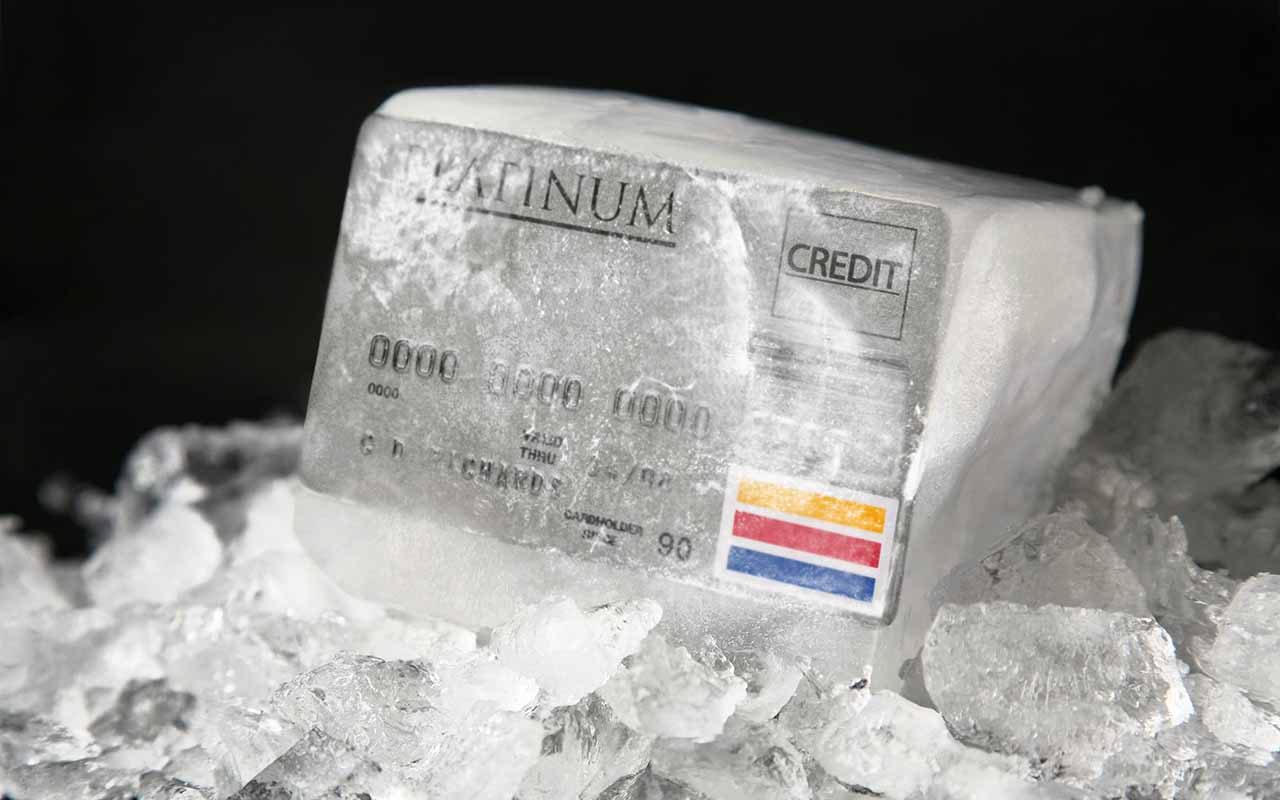How to Thaw a Credit Freeze — and Why You Would
As you shop for a loan or credit card, you must open up access to your credit reports.


A credit freeze can be a pivotal step to protect yourself from identity theft.
When you have a freeze on your credit reports, lenders can’t view them in response to an application for new credit — and that helps prevent criminals from opening credit card or loan accounts in your name.
But as long as a freeze is in place, you can’t access new lines of credit either.
From just $107.88 $24.99 for Kiplinger Personal Finance
Become a smarter, better informed investor. Subscribe from just $107.88 $24.99, plus get up to 4 Special Issues

Sign up for Kiplinger’s Free Newsletters
Profit and prosper with the best of expert advice on investing, taxes, retirement, personal finance and more - straight to your e-mail.
Profit and prosper with the best of expert advice - straight to your e-mail.
(Note that you can still pull up your own credit reports when they’re frozen, and lenders can check your reports to manage accounts you already have with them. Additionally, certain other entities, such as employers who want to analyze a job candidate’s credit history or landlords who need to screen a potential tenant’s credit, may be able to access credit reports while a freeze is in place.)
If you’re preparing to shop for a loan or credit card, you can temporarily lift your credit freeze. Just as with placing a freeze, lifting it is free.
How to lift your credit freeze
If you need to lift your credit freeze, ask the lender or institution which credit report it checks. You may get away with removing the freeze at only one of the major credit-reporting companies rather than all three (Equifax, Experian and TransUnion).
If you expect to apply with multiple lenders, however — say, because you’re shopping for the lowest rate on a mortgage or auto loan — you may have to lift the freeze with two or more of the companies.
If you have online accounts with the credit-reporting companies, you can use them to thaw your freeze; log in to your Experian account, Equifax and TransUnion.
Alternatively, you can call Experian at 888-397-3742, Equifax at 888-298-0045 and TransUnion at 800-916-8800. You may need to verify your identity by answering security questions.
In response to online and phone requests, the credit-reporting companies must lift a freeze within one hour (usually, it happens right away).
If you want a written record of your request to lift a freeze, you can send the request by snail mail — but it will take more time than the other methods. (You’ll find mailing addresses for each of the credit-reporting companies here.)
You may have to include identifying documents, such as a copy of your driver’s license, Social Security card or a bill that lists your address, says Rod Griffin, senior director of public education and advocacy at Experian.
A credit-reporting company must lift the freeze within three business days of receiving your request.
When you temporarily lift a credit freeze, you can specify how long your credit report will be available to new lenders for review before the freeze automatically goes back into place. You could set the lift for a single day if you know the date the lender will perform a credit check.
Otherwise, you may want to arrange for the lift to last a week or two to make sure lenders have adequate time to review your report.
During the window that you don’t have a freeze enacted, you’re more vulnerable to identity theft in the form of criminals opening new credit accounts in your name. So you should be extra vigilant in monitoring your credit reports for signs of fraud.
You can get free weekly online reports from all three credit-reporting companies through AnnualCreditReport.com.
Note: This item first appeared in Kiplinger Personal Finance Magazine, a monthly, trustworthy source of advice and guidance. Subscribe to help you make more money and keep more of the money you make here.
Related content
Profit and prosper with the best of Kiplinger's advice on investing, taxes, retirement, personal finance and much more. Delivered daily. Enter your email in the box and click Sign Me Up.

Ella Vincent is a personal finance writer who has written about credit, retirement, and employment issues. She has previously written for Motley Fool and Yahoo Finance. She enjoys going to concerts in her native Chicago and watching basketball.
-
 Holiday Tax Scams: 'Tis the Season to be Wary
Holiday Tax Scams: 'Tis the Season to be WaryTax Scams Navigating tax tricks of the holiday season may be daunting, but don't let that destroy your festive spirit
-
 Metro by T-Mobile Is Giving Away This Samsung Galaxy A16: Which Plans Are Eligible?
Metro by T-Mobile Is Giving Away This Samsung Galaxy A16: Which Plans Are Eligible?Metro by T-Mobile is offering free Samsung Galaxy A16 phones on eligible plans right now. Here’s how the deal works.
-
 I Drive and Collect Classic Cars: Here’s How I Got Started
I Drive and Collect Classic Cars: Here’s How I Got StartedAre classic cars a hobby or an investment strategy — or both? Either way, the vintage car scene is much cooler and more affordable than you think.
-
 Metro by T-Mobile Is Giving Away This Samsung Galaxy A16: Which Plans Are Eligible?
Metro by T-Mobile Is Giving Away This Samsung Galaxy A16: Which Plans Are Eligible?Metro by T-Mobile is offering free Samsung Galaxy A16 phones on eligible plans right now. Here’s how the deal works.
-
 I Drive and Collect Classic Cars: Here’s How I Got in the Game Without Spending a Fortune
I Drive and Collect Classic Cars: Here’s How I Got in the Game Without Spending a FortuneAre classic cars a hobby or an investment strategy — or both? Either way, the vintage car scene is much cooler and more affordable than you think.
-
 My First $1 Million: Retired Middle School Teacher, 68, North Carolina
My First $1 Million: Retired Middle School Teacher, 68, North CarolinaEver wonder how someone who's made a million dollars or more did it? Kiplinger's My First $1 Million series uncovers the answers.
-
 4 Financial To-Dos to Finish 2025 Strong and Start 2026 on Solid Ground
4 Financial To-Dos to Finish 2025 Strong and Start 2026 on Solid GroundDon't overlook these important year-end check-ins. Missed opportunities and avoidable mistakes could end up costing you if you're not paying attention.
-
 9 Types of Insurance You Probably Don't Need
9 Types of Insurance You Probably Don't NeedFinancial Planning If you're paying for these types of insurance, you may be wasting your money. Here's what you need to know.
-
 I'm an Insurance Pro: It's Time to Prepare for Natural Disasters Like They Could Happen to You
I'm an Insurance Pro: It's Time to Prepare for Natural Disasters Like They Could Happen to YouYou can no longer have the mindset that "that won't happen here." Because it absolutely could. As we head into 2026, consider making a disaster plan.
-
 The Future of Philanthropy Is Female: How Women Will Lead a New Era in Charitable Giving
The Future of Philanthropy Is Female: How Women Will Lead a New Era in Charitable GivingWomen will soon be in charge of trillions in charitable capital, through divorce, inheritance and their own investments. Here's how to use your share for good.
-
 The Retirement Donor's Checklist: Key Deadlines by Gift Type
The Retirement Donor's Checklist: Key Deadlines by Gift TypeRetirees have some charitable contribution options that can help avoid spikes in income from RMDS and capital gains.